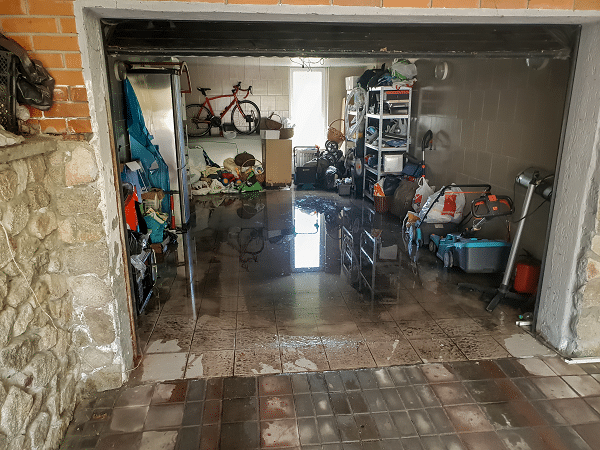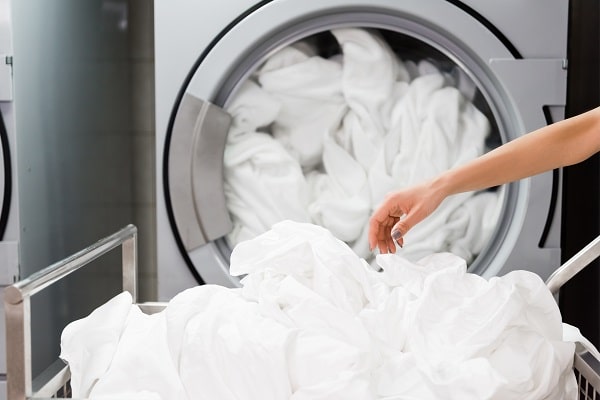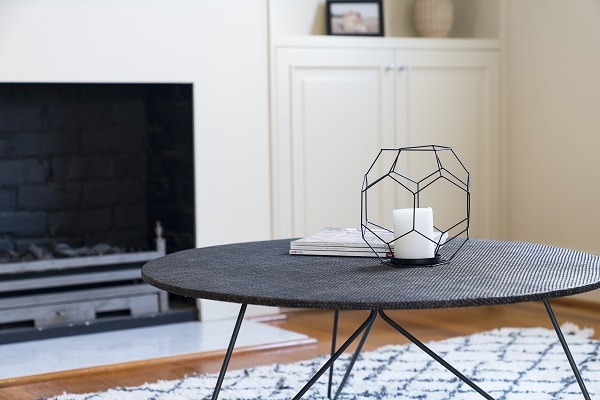Mold is a common fungus that can live both indoors and outdoors. It grows in moist environments and can cause a variety of health problems. If you think you may have mold growing in your home, it’s crucial to locate and remove it as soon as possible. This article will discuss some of the common places to check for mold in your home. Stay healthy by watching out for this harmful fungus!
Contents
Basement

The first place to check for mold is in your basement. If you have a musty smell or notice any dampness or water damage, there’s a good chance you have mold growing in your basement. Be sure to check all corners and crevices, as mold can often be difficult to see. In addition, basements can be dark and humid, making them the perfect environment for mold to grow.
Laundry Room

Another room in your home that is susceptible to mold growth is your laundry room. This is usually due to the fact that laundry rooms are often damp and have a high concentration of moisture. Be sure to check the washing machine, the dryer, and the area around them for any signs of mold. You should also check the flooring in your laundry room, as this can often be a source of water damage which is a perfect area for mold to grow.
Bathroom

Another common area to find mold is in your bathroom. Look for signs of water damage, such as peeling paint or wallpaper, discolored grout, or leaks around fixtures. Mold loves moist environments, so the bathroom is often the perfect place for it to grow. Be sure to check around showers, bathtubs, and windowsills for any evidence of mold. You should also keep an eye out for black spots on the ceiling or walls, which are telltale signs of hidden mold.
Kitchen

Your kitchen is another area of the home that is susceptible to mold growth. Check for leaks under sinks, around appliances, and anywhere else water might be present. Be sure to clean up any spills or standing water immediately, as this will help prevent mold from growing. You should also keep an eye out for discoloration on walls or cabinets, which can be a sign of hidden mold. If you suspect you have mold in your kitchen, it’s essential to have it removed as soon as possible.
Crawl Spaces

Crawl spaces are another home area that can often harbor hidden mold. Check for any signs of standing water, leaks, or excessive humidity. If you see any evidence of mold, it’s essential to have it removed right away. Crawl spaces can be difficult and dangerous to access, so it’s best to call in a professional if you think mold is present.
Attic

If you have an attic, check it for signs of mold. Oftentimes, attics are damp and poorly ventilated, making them the perfect place for mold to grow. Look for water damage, leaks, and stains on the ceiling or walls. Be sure to check all corners and crevices for moisture or water damage signs. If you have an insulation problem, it can create the perfect environment for mold growth.
Windowsills

Windowsills are another common place for mold to grow. This is because of the risk of constant exposure to moisture and poor air circulation. Check your windowsills for any signs of discoloration or wetness. If you find mold, be sure to clean it up immediately. You can also prevent mold growth on windowsills by keeping them clean and dry.
Pets

If you have pets, they can track mold spores into your home from the outdoors. Be sure to check your pet’s fur or feathers for any black spots or discoloration signs. If you find mold on your pet, it’s essential to have it removed right away. You should also keep an eye out for any changes in your pet’s behavior, as this can be a sign of illness caused by mold exposure.
Ducts

If you have ducts in your home, it’s important to check them for mold signs regularly. Oftentimes, the ducts can easily grow mold because they’re dark and moist. Look for any evidence of water damage or leaks. If you see any signs of mold, it’s best to call a professional to remove it. Ducts can be difficult and dangerous to access, so it’s best to leave this job to the experts.
Roof

The roof is another part of your home that can often harbor hidden mold. Check for any evidence of water damage, such as stains or peeling paint. Be sure both the inside and outside of your roof. If you have an insulation problem, it can create the perfect environment for mold growth. If you suspect you have mold on your roof, it’s best to call a professional to remove it.
Curtains

Mold can also grow on curtains, especially if you use fabric that’s not very absorbent. If you notice any mold growth on your curtains, remove them and wash them immediately. You can also prevent mold growth on curtains by keeping them clean and dry. You can also try using mold-resistant curtains in areas of the home that are susceptible to mold growth, such as the kitchen and the bathroom.
Conclusion
Mold can be found in a variety of places in your home. Be sure to check all areas that are susceptible to moisture, such as basements, bathrooms, kitchens, and attics. If you suspect you have dangerous fungus growing in your home, it’s important to have it removed as soon as possible. Mold exposure can lead to various health problems, so it’s best to err on the side of caution. If you’re unsure how to remove the mold yourself, be sure to call in a professional for help. They will be able to remove any traces of this fungus, ensuring you and your family stay healthy!



